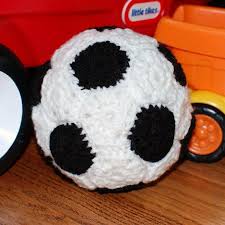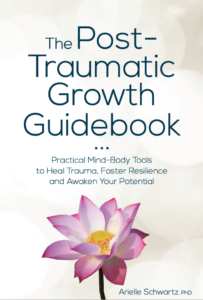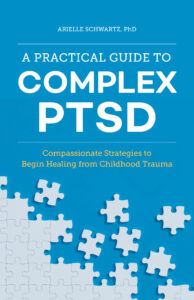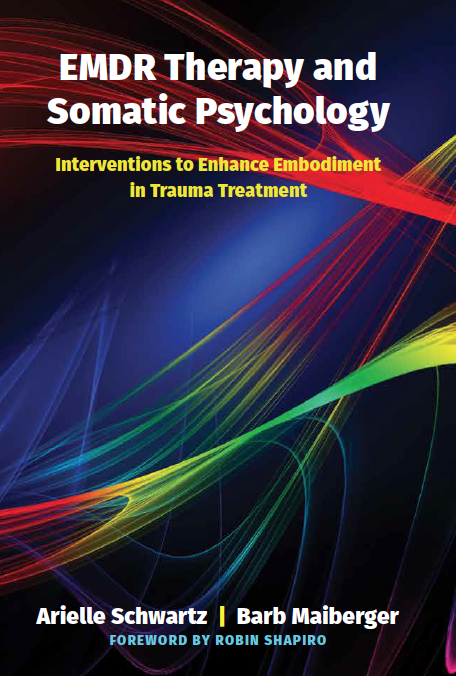As parents, our responsibility is to help children process through their experiences. This is not an easy task. It is easy to feel triggered by children’s big emotions, whether it be fear, anger, or sadness; especially when the expression of these feelings comes out as disruptive behaviors. Polyvagal theory empowers parents to navigate your child’s intense emotional states.
Children may become defiant, refuse to go to sleep, start lying, or become aggressive with siblings or parents. As parents it is common to attempt to apply consequences or punish our children. However, this can devolve into a struggle of will, where parents don’t want to be the first to give in. While limit setting is necessary to keep our children and ourselves safe, it is essential that we help our children unwind their emotional dysregulation in the safety of a caring relationship.
“Polyvagal Theory provides a neurobiological framework for understanding the connection between the mind, body, and emotions. Empowered with deeper understanding, we increase our capacity to compassionately and successfully support children’s emotional regulation.” -Dr. Arielle Schwartz
Children need adults to help them process through their emotional responses to the world; feelings that occur during normal developmental milestones and also from disturbing or traumatic life events. There are times in parenting where you need to take the role of detective to determine the cause of your child’s distress. Is it hunger, not enough sleep, sensory based, a change in routine, sibling dynamics, or an event that happened at school?
As parents, when we interact with children who are dysregulated emotionally, we often feel distressed too. If you see your child feeling anxious it is likely that you will feel worried for your child and may even question your parenting skills. If a child is trying to hit you, it is normal to feel angry, fearful, or defensive. If these behaviors occur on a regular basis you will may develop feelings of resentment towards your child. This doesn’t mean you are a bad parent and it is important to have tools to respond effectively to emotions as they arise within us and our children.
Children often have difficulty communicating their feelings verbally; as a result they frequently express emotional distress behaviorally. Some children tend to hold big feelings inside. Some of these children withdraw and avoid interacting with others. Other children are more explosive in nature. These children might have angry outbursts, throwing dramatic tantrums. Sometimes children are aggressive towards other family members and others might hurt themselves by pulling out hair or picking at skin. As parents all of these behaviors can be disturbing to see in children. Yet these behaviors are also strategies that children use to regulate their mind, body, and emotions.
Research by Dr. Stephen Porges reveals that the functions of the autonomic nervous system are regulated by the vagus nerve in the body. The vagus nerve connects the brain to major systems in the body including the stomach and gut, heart, lungs, throat, and facial muscles. Polyvagal theory posits that there are three branches of the vagus nerve; one responsible for sympathetic actions, one response for parasympathetic actions, and the third which mediates and regulates the actions of both called the social nervous system. Let’s look at these in greater detail:
As parents, knowledge of the polyvagal theory empowers you to support the development of the social nervous system in children to help them become well adapted.

Here is a personal story that illustrates the process of how we can work with our own emotions to regulate our children:
After a long day I asked the kids to pick up the toys in the living room. Neither child was listening. Instead they began bickering with each other, arguing about who made the bigger mess. We were all irritable. I had used up my logic for the day. I was feeling frustration rise within me. I felt the impulse to yell. I took a deep breath, looked around, and then…the soccer ball saved the day. Instead of taking my feelings out on the kids I turned to the ball and playfully said, “Soccer ball, you are not going into the box! I am so angry with you soccer ball. You are not listening to me!” The kids and I started laughing at how silly it was that I was yelling at the soccer ball and they asked me to do it again! Then they started to tell the other toys that they weren’t going on the shelves either. We then worked together to put the toys in their places, playfully arguing with the toys about why they needed to go to bed.
The goal of emotional regulation is to help children know that they can have feelings and still be okay, safe, and loved. Here are some tools I recommend for when your child’s behaviors are signaling emotional distress:
When we are stuck in a dynamic with our children that feels unhealthy or consistently negative it is a sign to seek more support. Sometimes this is a signal to get greater understanding about your child’s behaviors. If your child has ongoing challenges with anxiety, aggression, or withdrawal you do not have to go through this alone. There are also times that seeking greater diagnostic clarity is necessary to guide appropriate interventions. Knowledge and skills only take us so far; especially when children trigger us as parents! One of my goals as a psychologist and writer is to de-stigmatize psychotherapy. It can be humbling and painful to ask for help, for fear of being judged or perceived as a bad parent. Sometimes getting professional support for ourselves and our children is one of the best gifts we can give the next generation.

Within The Post Traumatic Growth Guidebook, you will find an invitation to see yourself as the hero or heroine of your own life journey. A hero’s journey involves walking into the darkness on a quest for wholeness. This interactive format calls for journaling and self-reflection, with practices that guide you beyond the pain of your past and help you discover a sense of meaning and purpose in your life. Successful navigation of a hero’s journey provides opportunities to discover that you are more powerful than you had previously realized. Click here to order the book on Amazon.

In The Complex PTSD Workbook, you’ll learn all about Complex PTSD Recovery and gain valuable insight into the types of symptoms associated with unresolved childhood trauma, while applying a strength-based perspective to integrate positive beliefs and behaviors. This is a great add-on with the Post Traumatic Growth Guidebook…Click here to order.

As a compliment to the Complex PTSD Workbook, A Practical Guide to Complex PTSD: Compassionate Strategies for Childhood Trauma, is meant to provide compassionate support for the process of healing from childhood trauma. You can think of it as a lantern that will illuminate the dark spaces and provide a sense of hope in moments of despair. The practical strategies you will learn in this book are taken from the most effective therapeutic interventions for trauma recovery. You will learn the skills to improve your physical and mental health by attending to the painful wounds from your past without feeling flooded with overwhelming emotion. My wish is to help you discover a new sense of freedom. The traumatic events of your past no longer need to interfere with your ability to live a meaningful and satisfying life. Click here to Order on Amazon.

For therapists, The EMDR Therapy and Somatic Psychology book, teaches you how to integrate two of the best known trauma recovery modalities into your practice. Click to order it here and increase your toolbox for healing using this integrative and effective approach to healing.
Dr. Arielle Schwartz is a licensed clinical psychologist, wife, and mother in Boulder, CO. She offers trainings for therapists, maintains a private practice, and has passions for the outdoors, yoga, and writing. She is the developer of Resilience-Informed Therapy which applies research on trauma recovery to form a strength-based, trauma treatment model that includes Eye Movement Desensitization and Reprocessing (EMDR), somatic (body-centered) psychology and time-tested relational psychotherapy. Like Dr. Arielle Schwartz on Facebook,follow her on Linkedin and sign up for email updates to stay up to date with all her posts. Dr. Schwartz is the author of four books:
Image credit, Marty from Colorado Springs, Creative Commons license

Arielle Schwartz, PhD, is a psychologist, internationally sought-out teacher, yoga instructor, and leading voice in the healing of PTSD and complex trauma. She is the author of five books, including The Complex PTSD Workbook, EMDR Therapy and Somatic Psychology, and The Post Traumatic Growth Guidebook.
Dr. Schwartz is an accomplished teacher who guides therapists in the application of EMDR, somatic psychology, parts work therapy, and mindfulness-based interventions for the treatment of trauma and complex PTSD. She guides you through a personal journey of healing in her Sounds True audio program, Trauma Recovery.
She has a depth of understanding, passion, kindness, compassion, joy, and a succinct way of speaking about very complex topics. She is the founder of the Center for Resilience Informed Therapy in Boulder, Colorado where she maintains a private practice providing psychotherapy, supervision, and consultation. Dr. Schwartz believes that that the journey of trauma recovery is an awakening of the spiritual heart.
Beyond Trauma: A Guided Mind-Body Journey of Resilience, Hope and Post-Traumatic Growth